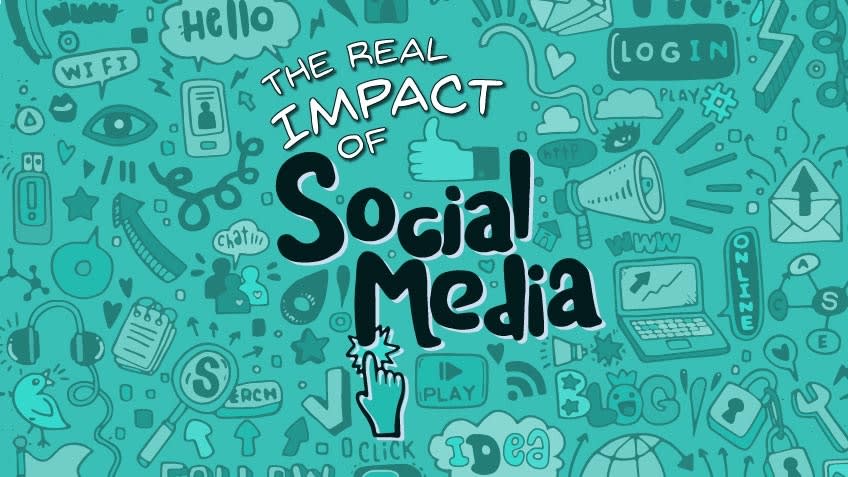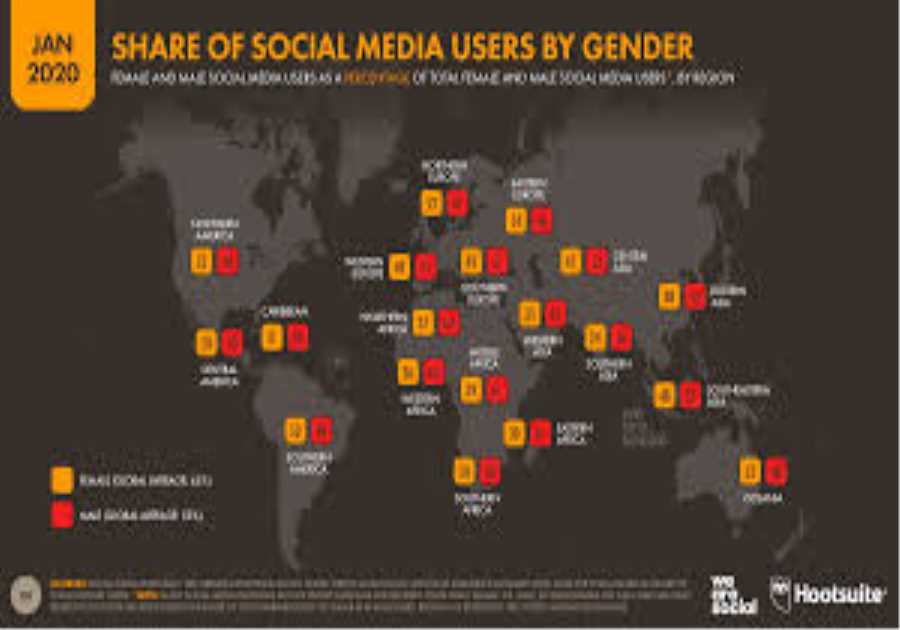
We’ve all seen the headlines about giant security breaches—the shadowy hackers, the stolen credit cards. It makes us think security is just about buying the best antivirus and hoping for the best. But for most businesses, the real threats don’t sneak in through the front door; they’re already inside, walking around, and frankly, they’re being ignored by management.
The modern office, whether it’s a physical space or just a collection of remote laptops, is full of hidden security challenges. These aren’t technical problems that only IT understands. They are everyday habits, simple oversights, and practical workplace issues that leave your company wide open to disaster. If you manage people, you need to understand these dangers—and why the most convenient way to work is often the least secure way to operate.
The Hidden Mess: When Good Intentions Go Bad
How did we get here? It’s simple: people want to get their work done quickly and easily.
Think about the way your teams work today. They don’t just use the tools the company bought; they use what’s popular, what their friends recommend, or what they already know.
This convenience-first mindset creates two huge, silent security gaps that most managers overlook:
1. Shadow IT: The Sneaky Apps
Have you ever used your personal Dropbox to share a big file with a client? Or signed up for a free project management tool using your work email because the company system was too clunky? That’s Shadow IT. It’s all the software, apps, and devices that employees use without official approval or knowledge from your IT department.
It’s a massive problem. A study showed that about 7 out of 10 employees are accessing work data using unauthorized devices or software. This means sensitive company data (client lists, business plans, financial details) is sitting in places your IT team can’t protect, can’t patch, and can’t even see. This data is basically a sitting duck for hackers.
2. The Password Time Bomb
You know you shouldn’t reuse passwords, yet most people do it anyway. If an employee uses the same simple password for their personal email and their work accounts, a hacker only needs to crack one cheap account (say, a retail loyalty program that got breached) to get into your company’s network. It’s like using the same key for your front door and your office safe.
The Unseen Dangers: More Than Just Phishing
We often focus on phishing emails (the fake “bank” messages), but the modern security threat goes deeper. It includes physical security issues and the human factor:
3. The Unmanaged Remote Worker
The rise of working from home has opened a massive security hole. Your employee’s home Wi-Fi network isn’t as secure as the office network. Their kids might use their work laptop to play a game and accidentally download malware.
Even simpler: when someone works from a coffee shop, they might use an unsecured public Wi-Fi network that’s easily monitored by cybercriminals. They might even leave their laptop unattended for a moment. Suddenly, your valuable data is outside the safe corporate bubble, and you have no control over it.
4. The Exit Threat: Offboarding Chaos
When an employee quits or is fired, what’s the first thing you do? Typically, you cut off their building access and maybe their main email account.
But did you make sure they:
Logged out of every single cloud app (like those they used via Shadow IT)?Returned all company phones and external hard drives?Had their access revoked for internal file servers and external vendor portals?If the process is sloppy, the former employee still has access to valuable data long after they’ve left. This isn’t just about malice; it’s often about oversight. The faster you close all digital doors, the safer you are.
nalysis: Why Managers Miss These ChallengesManagers miss these issues because they mistake activity for security. They see people working fast, sharing files, and using the latest apps, and they think the business is running smoothly. They don’t see the silent risk being generated with every click.
The fundamental truth is this: Convenience and security are usually enemies. The quicker and easier a tool is to use without IT sign-off, the bigger the risk it introduces.
The Economic Impact: It’s not just about fines. If a data breach happens because an employee used an unapproved app (Shadow IT), the business loses customer trust, suffers major downtime fixing the mess, and could even lose contracts. The financial cost of a “simple mistake” is astronomical. We’re talking about business survival.
The Ethical Issue: When you don’t enforce clear security rules, you’re not just risking the company; you’re setting your employees up for failure. When a breach happens, the blame often lands on the person who clicked the wrong link, not the management that failed to create a safe, clear system.
The Fix: Moving from Rules to Real-World Safety
You can’t go back to the days of complete lockdown. The solution is to create a culture where security is easy and part of the workflow, not a roadblock.
1. Make the Safe Way the Easy Way
Instead of constantly saying “NO” to new tools, IT should find the best, most secure version of the popular apps employees want and officially approve them. If the secure company file-sharing system is just as easy as Dropbox, employees will use it. It’s about meeting them halfway.
2. Clean Up Your Digital House
You need to know where your data lives. Implement a system (even a simple spreadsheet for smaller businesses) to track every piece of software and cloud service your teams use. If you don’t know who has access to what, you can’t protect it. Regularly audit which employees have access to your most sensitive data and remove it if they don’t absolutely need it for their job.
3. Focus on “Real-Life” Training
Ditch the boring yearly security video. Training should involve:
“What if” scenarios: “Your phone battery just died, and you need to access a client file on a public computer—what do you do?”Physical Security: Reminding remote workers to use privacy screens and lock their doors.Reporting: Making it easy for employees to report a mistake without fear of punishment. If they know they clicked a weird link, you want them to tell IT immediately.The Takeaway
The next great security challenge isn’t waiting for a technological breakthrough; it’s waiting for managers to pay attention to the everyday chaos of their own offices.
The real vulnerability isn’t the complex hack; it’s the simple, hidden oversights: the unmanaged app, the reused password, and the forgotten laptop. Stop focusing only on the external threats and start taking control of your internal environment.
Security isn’t just a technical problem; it’s a management problem. Fix the way your people work, and you fix your biggest vulnerability.
The post Your Workplace Security Trap: Why the Biggest Dangers Are Hiding in Plain Sight appeared first on Social Media Explorer.
Did you miss our previous article...
https://socialmediaamplification.com/social-media-analysis/8-best-voice-note-apps-for-content-creation






